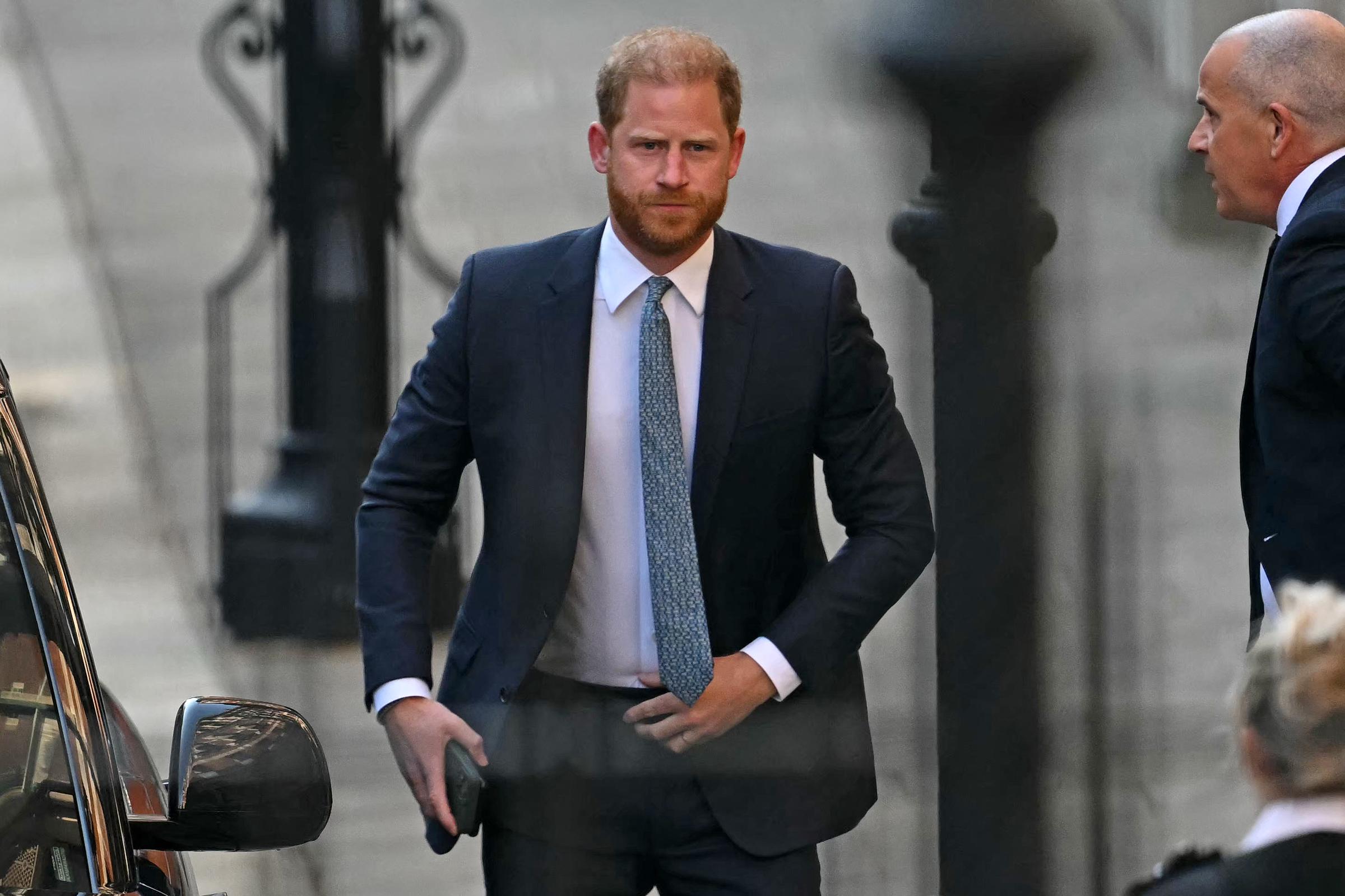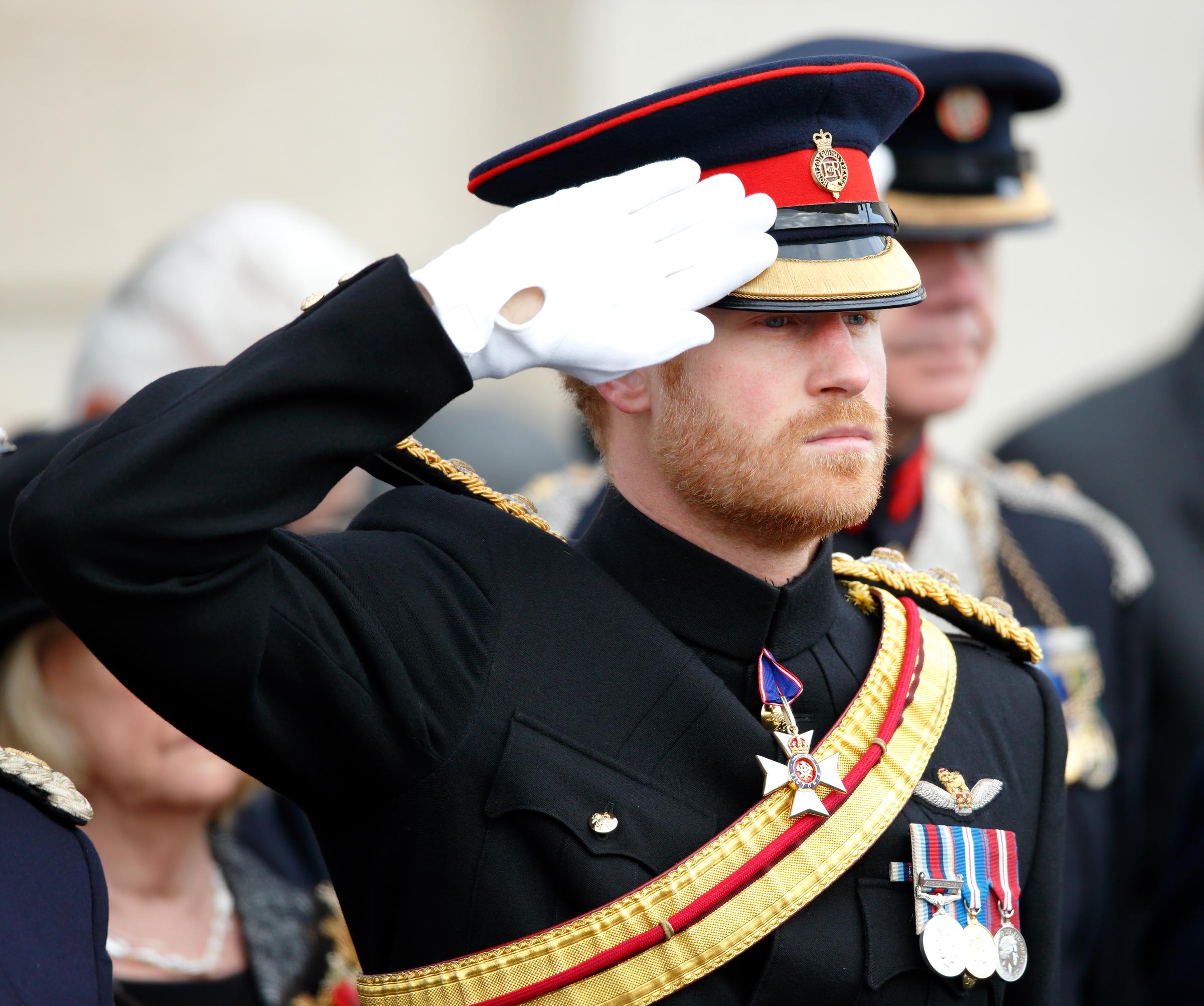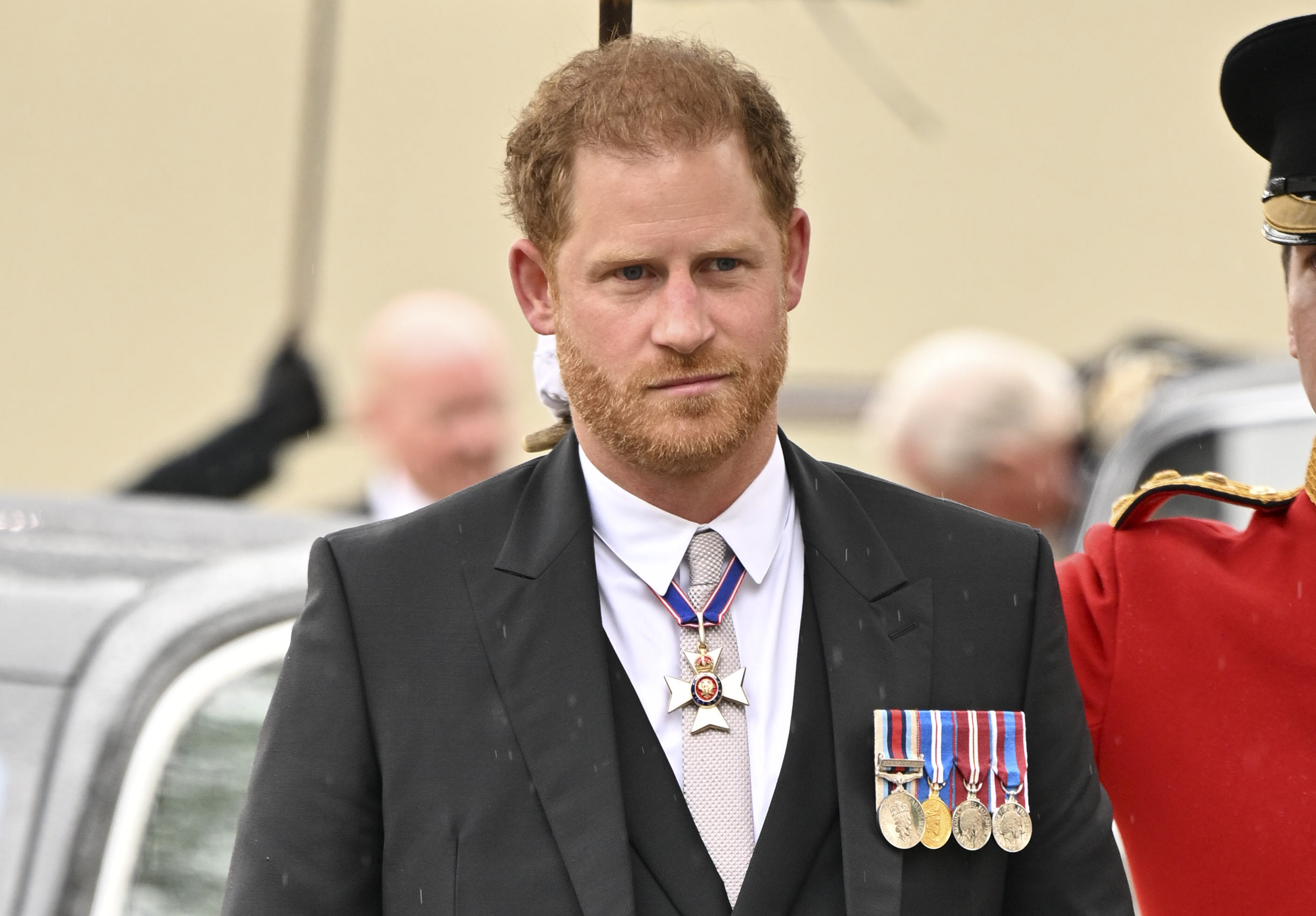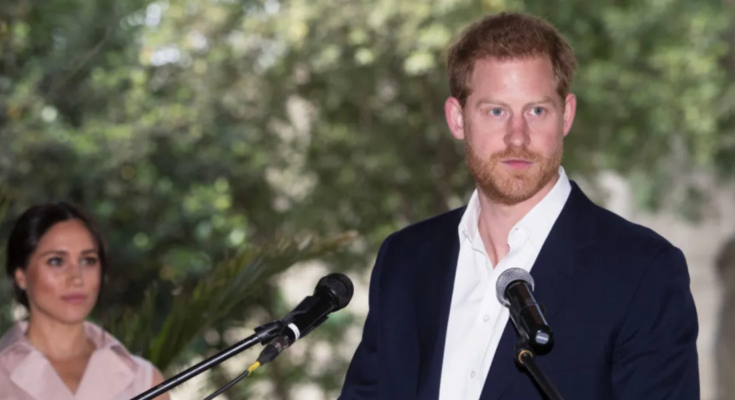Prince Harry with wife Meghan | Source: Getty Images
Court documents have revealed that Prince Harry requested specific security protections following a threat made against him by the terrorist group al-Qaeda. According to the filings, al-Qaeda allegedly published a document that called for the Duke of Sussex “to be murdered,” stating that his “assassination would please the Muslim community.”

Harry arrives at Britain's High Court in London for his legal fight over U.K. security on April 8, 2025 | Source: Getty Images
The information came to light during a legal case Prince Harry is pursuing against the Home Office over the level of taxpayer-funded protection he receives while in Britain. His legal team said the threat from the terror group was made after his security arrangements were downgraded in 2020.
Shaheed Fatima KC, acting on behalf of the Duke, shared the contents of the al-Qaeda document during a hearing at the Court of Appeal. The Duke of Sussex, who returned to London earlier this month for a two-day hearing, argued that without appropriate security, his life is at risk.

Prince Harry arrives in London on April 8, 2025 | Source: Getty Images
He is seeking automatic, state-funded protection whenever he visits the U.K. During the hearing, he stated that the protective measures offered to him after stepping back from royal duties were “inadequate, inappropriate, and ineffective.”
Prince Harry told The Telegraph that he believes the withdrawal of his security was meant to deter him and his wife, Meghan, from leaving the Royal Family and starting a new life abroad. “The appellant confirmed that he had requested certain protection after a threat was made against him by al-Qaeda,” the court documents stated.

Meghan Markle and Prince Harry at the Invictus Games training camp on February 14, 2024, in Whistler, British Columbia, Canada | Source: Getty Images
The hearing included private sessions due to the nature of the “highly confidential” evidence being presented, particularly information relating to the security arrangements for the Duke and other public figures. However, a joint summary of the private evidence was later released, following an agreement by both sides.
The Duke’s lawyers argue that the Home Office’s Royal and VIP Executive Committee (Ravec) did not follow established policy when it decided to downgrade his protection. Prince Harry said Ravec implemented a “bespoke” process not applied to anyone else and failed to conduct an individual risk assessment after his departure from public duties.

Prince Harry attends the Armistice Day Service at the National Memorial Arboretum in Alrewas, England, on November 11, 2016 | Source: Getty Images
According to the court summary, the Duke underwent a risk assessment in April 2019 that resulted in him continuing to receive the same level of protection he had received his entire life. He contended that the Metropolitan Police Service (MPS) officers who had provided that protection offered advantages that could not be replicated by private security firms.

Prince Harry arrives at Westminster Abbey in London for the coronation of King Charles III and Queen Camilla on May 6, 2023 | Source: Getty Images
Following his security downgrade, Prince Harry was instructed to give 30 days’ notice before traveling to the U.K., with each visit’s security risk assessed on an individual basis. The Duke has consistently argued that the changes to his security leave him and his family exposed to serious danger.



